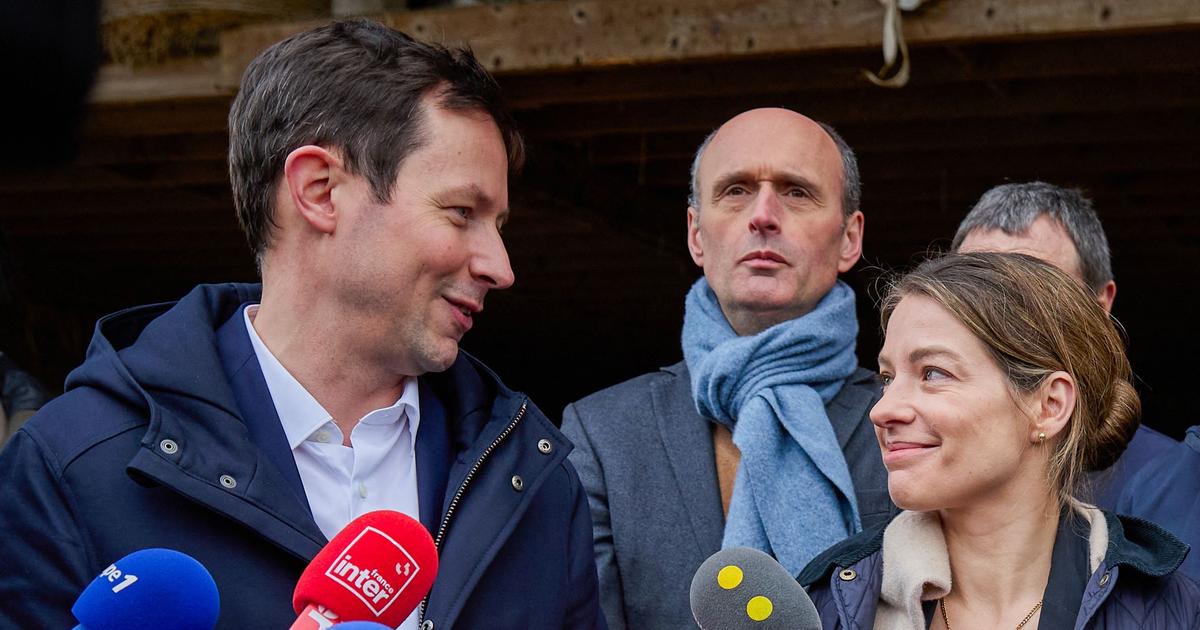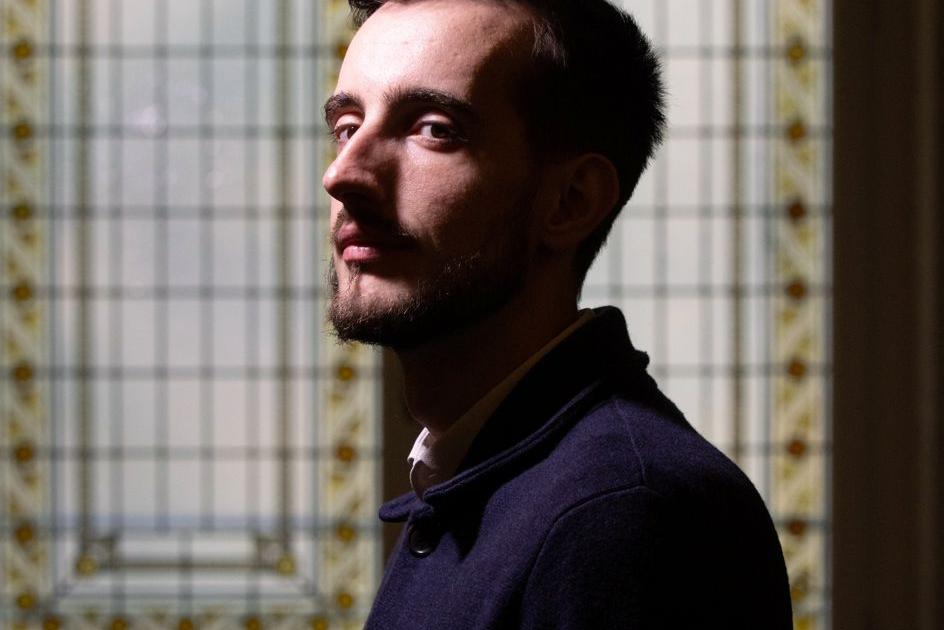In ancient times, the vast pharaonic necropolis of Saqqara, today about 30 kilometers south of Cairo, was a very busy place.
During the day, the priests in charge of worshiping the ancestors, especially the pharaohs, mingled with the relatives who visited those who were buried there.
At night, skilled thieves would loot the cemetery attracted, above all, by the valuables inside the graves.
Today Saqqara offers a very different picture.
The rocky plateau that was once destined to house the tombs now rests under a dense layer of sand from the Sahara desert that stretches from east to west and has accumulated over millennia.
And the priests and looters long ago gave way to groups of tourists of whom now, in the middle of the pandemic, there is no trace.
PHOTOS |
The new discoveries of the Saqqara necropolis
Zahi Hawass finds hundreds of coffins and other vestiges of the New Kingdom in Saqqara
Underground, however, the frenzy is growing.
In recent years, archaeological missions have announced with pomp and at a hectic pace multiple finds from the sites contained in the historic necropolis, which has become one of the main focuses of attention for Egyptologists and one of the great bets of the local authorities to promote its rich cultural heritage.
"Saqqara always reveals many secrets", recognizes the famous Egyptian archaeologist Zahi Hawass from inside a tent erected a few meters from the site where he has now fixed his eyes, in the shadow of the worn pyramid of Teti, the first king of the Sixth Dynasty, more than 4,300 years ago.
Thanks to having served as a cemetery for the ancient Egyptian capital of Memphis for some 3,000 years - from the first dynasties to the Christian era - Saqqara is considered one of the largest royal necropolises in the world, and as such has been captivating locals and foreigners for centuries.
Here lie numerous pyramids, among which the stepped stone of Djoser stands out, the oldest on record.
And from its depths pearls have been unearthed such as the oldest religious text in Egypt - and one of the earliest in history - and the tombs of countless kings and queens, officials, officials, nobles and even who was the nurse of Tutankhamun.
In recent years Saqqara has once again enchanted the world with new discoveries.
In April 2018, an underground embalming workshop was found at the foot of the Unis pyramid, revealing the dynamic business surrounding mummification.
Later that year, the grave of a high-ranking Old Kingdom priest, Wahtye, was discovered and turned into a documentary by Netflix.
And in 2019, another well-preserved tomb from more than 4,000 years ago was found belonging to a Fifth Dynasty official and nobleman, Khuwy, as well as the hitherto unknown name of Queen Setibhor, who lived at the same time.
"In Saqqara, wherever you dig you find something," admits Ola El Aguizy, who leads a mission in the necropolis and is a former dean of the Faculty of Archeology at Cairo University.
This whirlwind of discoveries has not rested in recent months.
In November 2020, authorities announced that they had found more than a hundred sarcophagi near the Djoser pyramid, in the biggest find of the year and only two months after the discovery of dozens more intact tombs was made public.
To welcome 2021 in style, Hawass announced in mid-January that he had found hundreds of other coffins and vestiges of the New Kingdom, in addition to having found the name of a queen, Neith, of whom he himself had found the pyramid - but not the name — in 2010.
For Hawass, what is most interesting about this latest cascade of discoveries is how they can help to better understand the New Kingdom era, a period between the 16th and 11th centuries before the present era.
"We already know the history of Saqqara in the late period [from the seventh to the fourth centuries before the present era]," says the archaeologist, "now we are adding a page in the history of the New Kingdom."
"These discoveries add a lot of information to understanding the history of Ancient Egypt, as they reveal some mysterious secrets about funeral customs, mummification, beliefs and royal families," adds Mohamed Megahed, who leads an exploration mission in southern Egypt. Saqqara and found the tomb of Khuwy.
Hawass, for his part, also believes that the pottery being discovered lately sheds light on the foreign relations of the time.
"We have pottery from Palestine, from Syria, from Crete, bringing us oil during the New Kingdom."
The Aguizy notes that, rather than rewriting the history of Ancient Egypt, most of these discoveries are helping to fill information gaps.
"There are documents about these people [of which a tomb is discovered] and their objects in museums abroad, so we already know that there is a man named in this or that way," says the archaeologist.
A humble queen
The most recent case is that of Queen Neith, of whom Hawass had found the pyramid a decade ago, but never her name.
“This queen had the title the daughter of the God of the Earth, which is the first time she appears in Dynasty VI.
This was given to queens who did not have a royal origin and that is why [Pharaoh and her husband] Teti did not add it in their family tree, because it came from ordinary people, ”observes Hawass.
To what extent the discoveries announced at Saqqara, especially in the last year, will be able to further expand the knowledge of the time is difficult to determine.
In this sense, the press conferences to publicize the latest findings have become authentic shows in which a coffin has been opened live and an X-ray examination of a mummy has been carried out for the first time on stage.
But the results of all these discoveries have not yet been officially published.
"It would be an exaggeration to say that these discoveries change how we view Ancient Egyptian history," says Campbell Price, curator of the Egypt and Sudan section of the Manchester Museum, who has also worked in Saqqara for some years.
"In essence, the most recent finds emphasize the use of this place not only in the Old Kingdom but centuries later," adds Price, who believes that "in a way, the most recent discoveries are 'more of the same.'
"I see a certain desperation in the ads and the aim seems to be to draw attention to Egypt."
In the near future, all the archaeologists consulted point to his expedition as one of those that could offer the most surprises.
"Saqqara is all important, [you have to look] everywhere," admits Megahed.
"It should not surprise us to hear about a new discovery in Saqqara every day, because it is a huge cemetery," he adds, and "each contributes to broadening our knowledge of the history and society of the time."
Hawass advances that in his case he already caresses the next discovery.
"This well is 26 meters submerged and we have not yet found the burial chamber, although the ceramic seems to be from the New Kingdom," he slides.
"This means that the camera should be intact."















/cloudfront-eu-central-1.images.arcpublishing.com/prisa/IGZ7GOCXZ5GUPAQ2HWGK6Z76BU.jpg)